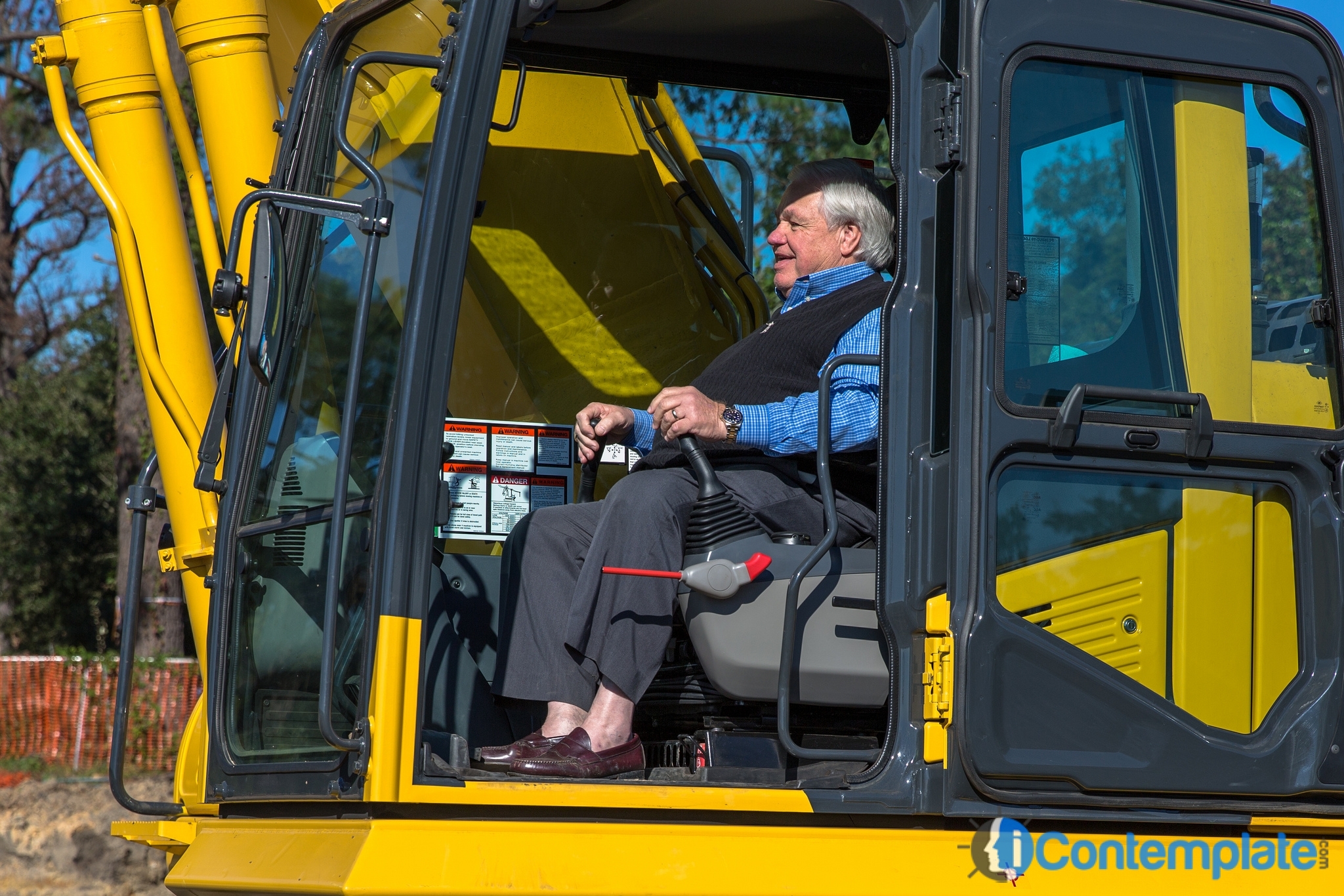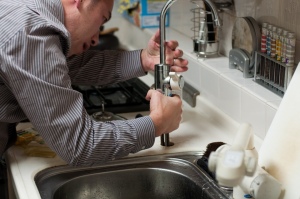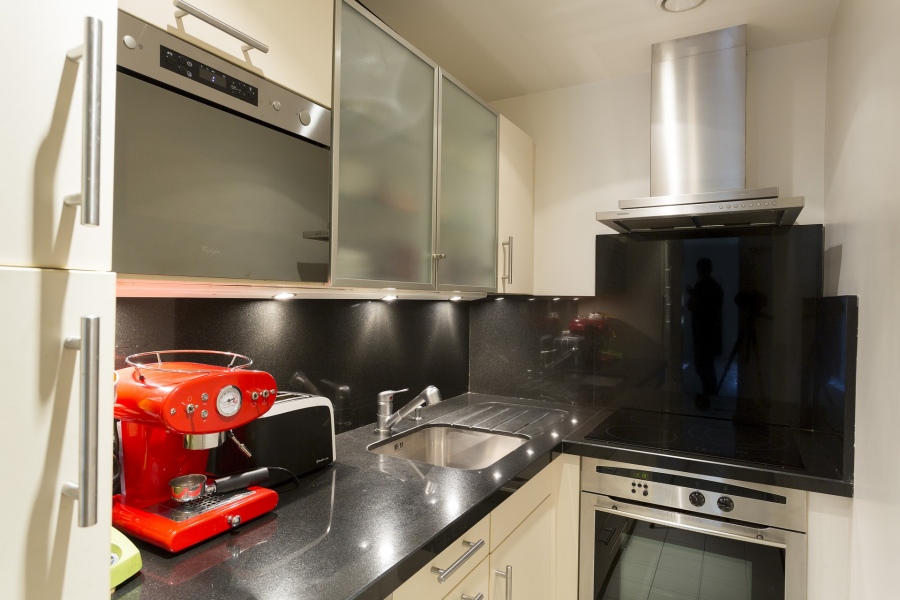Whether you’re a new homeowner or Bob Vila himself, the time will come when you have to consider renting heavy construction equipment to finish a major project. If you’ve ever gotten stressed out about rental cars, this might feel like a major headache. The good news is that with just a few simple steps, you’ll be able to rent the equipment you need without much hassle at all. Here’s what to do.
Step 1: Decide whether to Rent or Own
The first step is hardly the simplest, but it does depend on a few simple questions. Question one: How much land do you own? Frankly, it doesn’t make sense to buy your own Bobcat if you own a small piece of land in suburbia. But for larger properties–likely ones located off the beaten path–owning a piece of equipment might just make sense. Evaluate how often you’re likely to use it, and consider the cost of continued rentals throughout the time you intend to live in your current place of residence.
Step 2: Do the Research
There’s nothing worse than stopping a major project in its tracks, renting a piece of equipment, taking delivery of it , and then finding out you got the wrong machine. To stop that from happening, make sure you do your due diligence. Check out the local resources from heavy equipment dealers near you; major manufacturers like CAT have dealerships all over the place, and they’re usually only too happy to assist new customers with the selection process.
Step 3: Estimate how much Time you need
This is where things get tricky. You’re going to need to give your best estimate for how long it will take to finish your project, and you want to get as close as you can without renting for longer than you need to. Most rental services charge by the day, week, or month, so take some time to plan how much work you’ll do each day to make sure you’re not paying for time you’re not going to use.
Step 4: Don’t forget the Price Check
Nobody likes spending more money than they have to. To that end, make sure you do some comparison shopping before you sign anything or hand over any security deposits. Don’t forget to check Google Local, or more specific sites like EquipRent or RentItToday to find out where you can get the best deal.
Step 5: Return it like you found it
Finally, remember to return your heavy equipment in the same condition you found it in. Your security deposit exists for a reason; it’s to hedge the dealer’s bet that you’ll bring your machine back in working order. Also, be sure to return the equipment on time; the rental agreement you signed almost certainly provides for late fees, so make sure you avoid these by being prompt with your return.
One final piece of advice that may or may not apply: for certain kinds of projects, such as burying cable for residential electrical projects, there’s a good chance you’ll need to either secure a permit or call before you dig. This is important for two reasons: for avoiding unnecessary bodily injury, and to make sure you don’t damage any existing underground infrastructure.
At the end of the day, though, renting heavy equipment is only as stressful as you make it. With just a little bit of planning and forethought, you can have your major backyard project finished in no time; just remember the basics of renting and I think you’ll be very pleased with the results.









